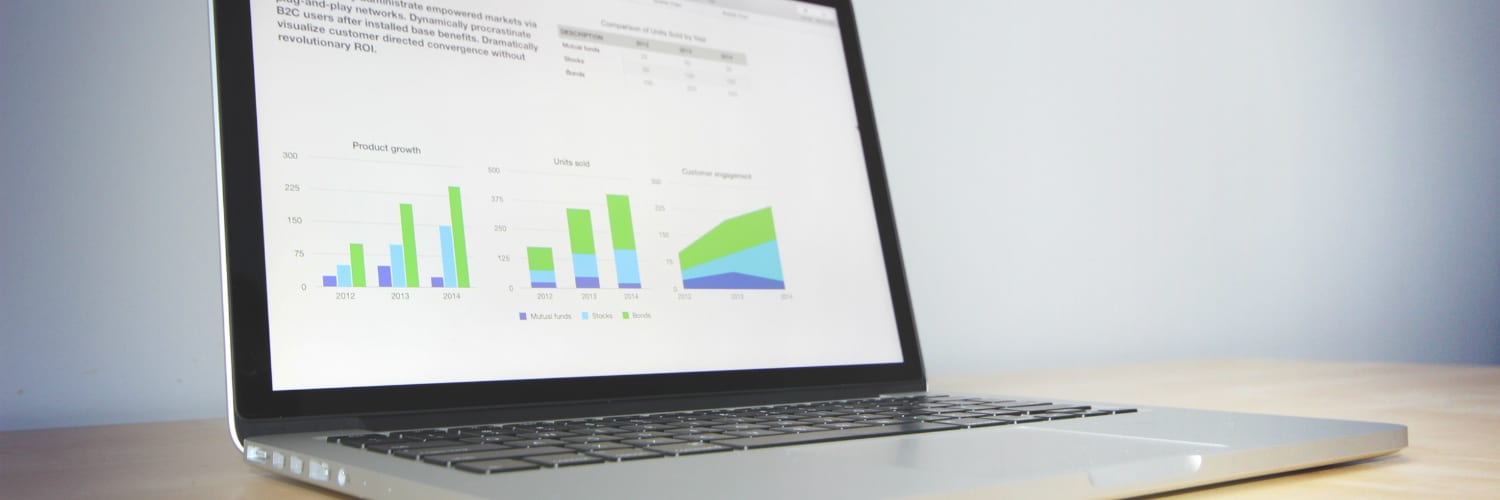For publishers, there’s no shortage of monetization partners out there eager to fill your inventory—but at the end of the day, you only have so much real estate and so much time to focus on monetization.
In the digital space, where banner ads aren’t driving the revenue they used to, how do you optimize your page? How do you find a partner who will maximize your revenue, work in your best interest, and let you focus on the content that keeps your users coming back time and time again? I encourage publishers to think of it in terms of sessions or even lifetime value of a user.
Here are a few important things to consider when you evaluate monetization partners:
- Choose a partner with the mobile specialization you need.
- Be aware of the yield optimization dilemma—at what point are you over-optimizing or experiencing diminishing return?
- How to use your partner’s data to your advantage
- What a monetization partner really means for your user experience (UX).
Look for these qualities—you’ll have fewer headaches down the road and will see more revenue and engagement in the long run.
Prioritize mobile over other platforms.
If you’ve seen Mary Meeker’s recent 200 slide analysis of the digital industry, the majority of content consumption and more substantial time spent on content has moved to mobile devices. Facebook is currently the largest referrer of traffic—the majority of that traffic being mobile, yet mobile revenue per mille (RPM) is a fraction of desktop and technologies like Facebook Instant limits what types of advertising you can use within this environment.
Data from eMarketer predicts that the mobile share of total media ad spend will grow from just under 25% this year to nearly 40% by 2021.
Bottom line—If you can’t fully monetize your mobile inventory, you’re leaving money on the table. Be sure your monetization partner has extensive mobile capabilities and a vast mobile demand network.
At Taboola, the publishers I work with on a daily basis have more than two-thirds of their traffic coming from mobile on average. Some see as high as 85% to 90% of their traffic from mobile, but 85% of these users (especially those from Facebook) never make it to the bottom of the article.
The main challenge is keeping those users engaged—both publishers and advertisers need to work together to create experiences where users are sticking around. The right monetization partner will not only bring the right demand but help you create the formats and experiences that can engage these fickle users.
Less is more when it comes to yield optimization.
It might be tempting to work with many different monetization partners to bring traffic and revenue to your website and mobile app—the argument being that more partners mean more competition for your inventory, and who doesn’t want a lot of people competing for your inventory?
In reality, this isn’t the best choice—consolidating to fewer partners with diverse capabilities is a better solution as it reduces the risk of content, video units, and more, cannibalizing each other. If there are too many units on the page, there are diminishing returns as they start to steal clicks from each other, slow page loads as each partner pings the same demand sources, and creates a high likelihood for conflicting technologies.
Don’t optimize for pennies when you can focus on driving audience or engagement to grow your business overall—the more types of demand a single partner can bring to the table, the better they should be optimized for overall yield versus individual metrics, like revenue per mille (RPM), revenue per session and most importantly revenue per user. This will also help you find positive ROI when leveraging paid distribution campaigns.
Look for lots of data (and use it).
One of the most overlooked value propositions a monetization partner can bring to the table is data. Big has benefits, which means it’s smart to work with a partner that’s large and has access to large-scale data you can tap into.
As a publisher, you only see a small segment of the internet, but the right partner will share insights and data from across the greater web to help shape and optimize your monetization and content strategies.
The more data a partner has, and the more users a partner sees each month, the more personalized the recommended content and advertisement—and better UX and engagement. This goes beyond the creative itself as the best partners will focus on placement and formats of the units as well.
Protect your audience experience.
Perhaps most importantly when choosing a monetization partner is that your UX remains positive and aligned with your brand image.
You should demand transparency and control over what content comes through your partner—and be sure your partner follows Federal Trade Commission (FTC) and National Advertising Division (NAD) native layout guidelines related to clear labeling and other best advertising practices.
Top partners, including Taboola, typically go beyond what’s required by industry standards and maintain additional restrictions and policies about what can be promoted on their network.
We use our data and scale to optimize yield across both mobile and desktop with Taboola Feed. It brings a social-like discovery experience to consumers and new revenue and audience-building opportunities to publishers.
Taboola is the world’s leading content discovery platform, serving 360B recommendations to over 1B unique visitors each month on the web’s most innovative publisher sites. To learn more about how Taboola can help you, contact us.



